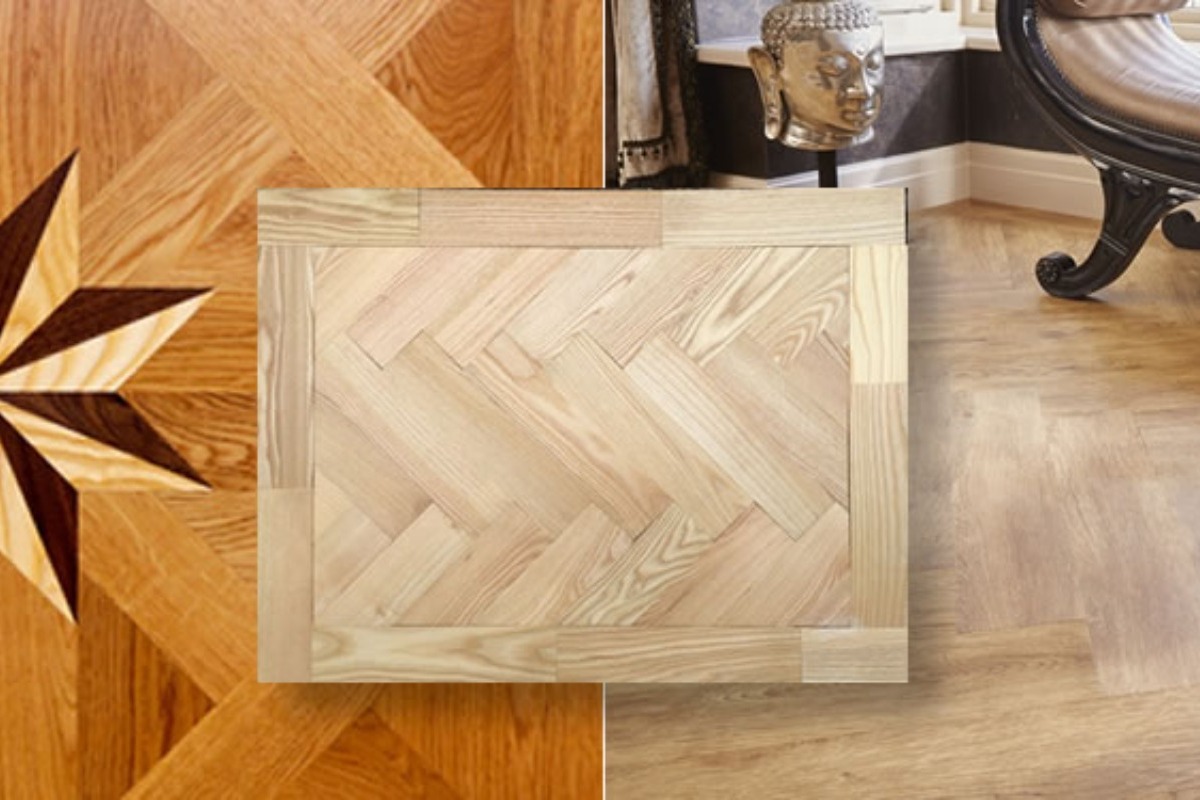 04-08-2023
04-08-2023- Blog
- 0 comments
- 2292 Views
The growth rate of a tree can significantly influence its wood density. Slow-growing trees, such as certain species of oak, typically have higher wood density compared to their fast-growing counterparts. This is due to the tighter annual growth rings that are characteristic of slow-growing trees, leading to a denser, harder wood.
As a hardwood, oak is renowned for its strength, durability, and density. On the Janka hardness scale, which measures the resistance of a species of wood to denting and wear, red oak scores 1290 and white oak scores 1360 - quite high, which confirms its density and hardness.
This dense, hard nature makes oak an excellent material for a variety of applications, including flooring, furniture, barrels (especially for wine and whiskey), and even shipbuilding in historical contexts. However, its slow growth and the resulting density mean that oak trees take a long time to mature, so responsible forestry practices are critical to prevent over-harvesting.
It's important to note that individual trees can vary based on a variety of factors, including their specific growing conditions, so not all oak will have the same exact density or hardness. But as a general rule, slow-grown oak is denser and harder than fast-grown oak.

















Recent Comments
No Comments have been left yet! Be the first :)